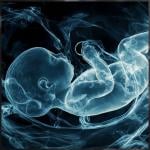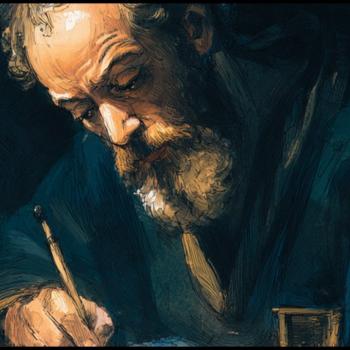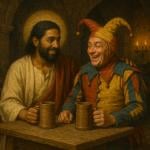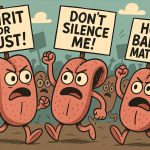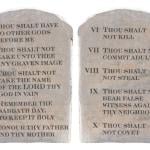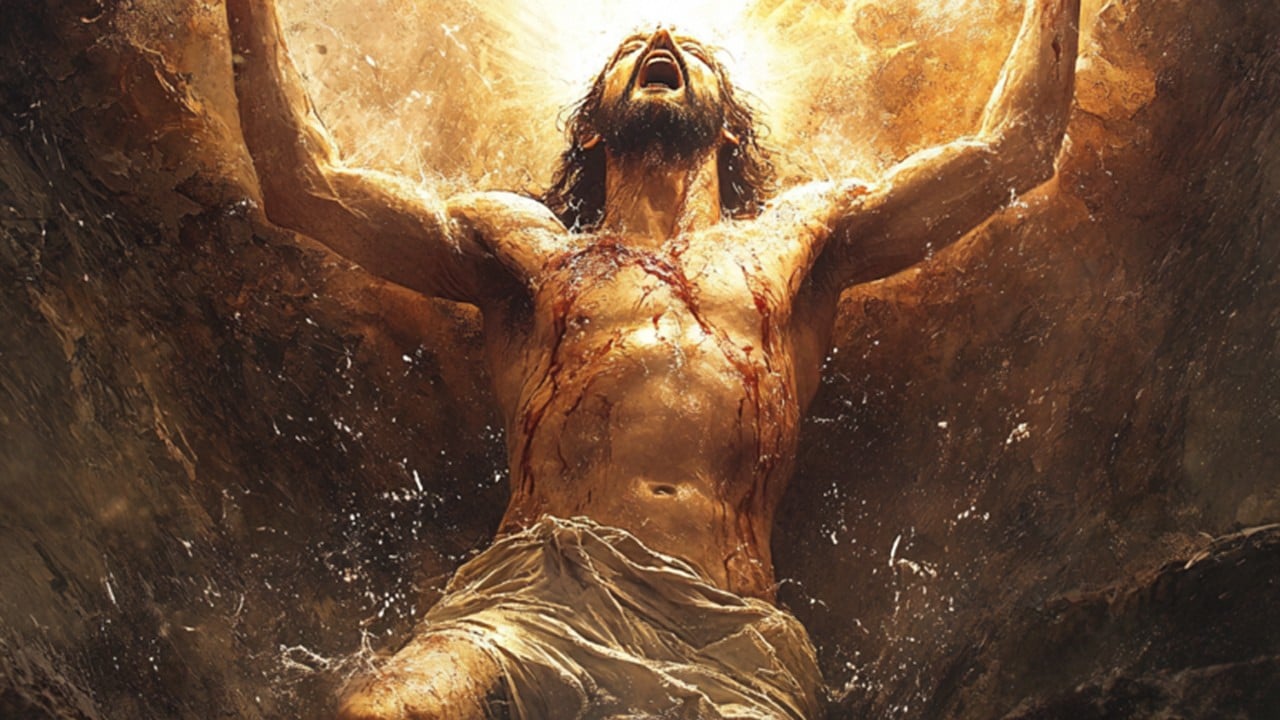
“Jesus is a hidden name. Christ is a manifested name. So Yeshua is not translated, but he’s called by his name, Jesus. But the name Christ in Syriac is Messiah, in Greek Khristos, and all the others have it according to their own language.
“The Nazarene is the visible of the invisible. Christ contains everything: man, angel, mystery, and the Father.
“Those who say that the Lord died first and then resurrected are wrong, because he was first resurrected and (then) he died. If they have already been resurrected, they are alive, as God is alive.” (The Gospel of Philip 19-21)
The idea that Jesus, the person and Christ, the Universal Consciousness, are not synonymous concepts is developed here by pointing out the differences between their names: Yeshua (a variant of the Hebrew name “Joshua”) is the name given to the human child of Mary and Joseph, and Christ is the name given to the eternal reality of God’s Divine Presence. Or, as Father Richard Rohr often says, “Christ was not Jesus’s last name.”
Jesus had a birthdate. Jesus had flesh and bone. Jesus was born, grew up, lived and died. The Christ had no beginning or end. The Christ was with God in the beginning and was God. The Christ, or the Logos, is the Divine breath that permeates all things.
Still, “The Nazarene is the visible of the invisible.” How? In the same way all things reflect the Universal Christ. As Jesus says in the Gospel of Mary, “The Child of Humanity is within you. Follow it!” (Mary, Ch. 9) This suggests that to be fully Human is to be fully Divine, as Jesus was.
In other words, we are all the Incarnation of Christ, even if we’re not all aware of it.
When it says, “The Christ contains all” it means that, even as Christ is in all things, all things are in Christ: Humanity, Angels, Mysteries and, yes, even God. Or, as the Apostle Paul phrases it: “Christ is all and is in all.” (Colossians 3:11), and “We are all filled with the fullness of Christ who fills everything in every way.” (Ephesians 1:23; 3:19)
Turning from the question of the relationship between Christ and Jesus, the Gospel of Philip then addresses the question of what was happening with the death and resurrection of Jesus.
“Those who say that the Lord died first and was resurrected are wrong; for he was resurrected first, and then died.”
At first, this seems to be a play on words or a needless argument about what we mean by “die” or “resurrected,” but the point the author wants to make is worth exploring: The resurrection power of Christ must have first permeated Jesus or he would merely have died. In other words, there will be no resurrection in you later if there is no resurrection in you now. The eternal and undying life of Christ must be present within you before you die, or when you die there will be no resurrection.
So, it is the life of Christ within us – and this life of Christ is in all of us – that guarantees our life continues beyond the grave.
Or, to summarize this entire section: Christ is in everything and everyone, and this life of Christ is why everyone will experience the resurrection after our bodies die.
We are eternal beings having a temporary physical experience, but the eternal life of Christ that fills everything in every way will sustain us beyond the grave and our unity with God renders death powerless.
**
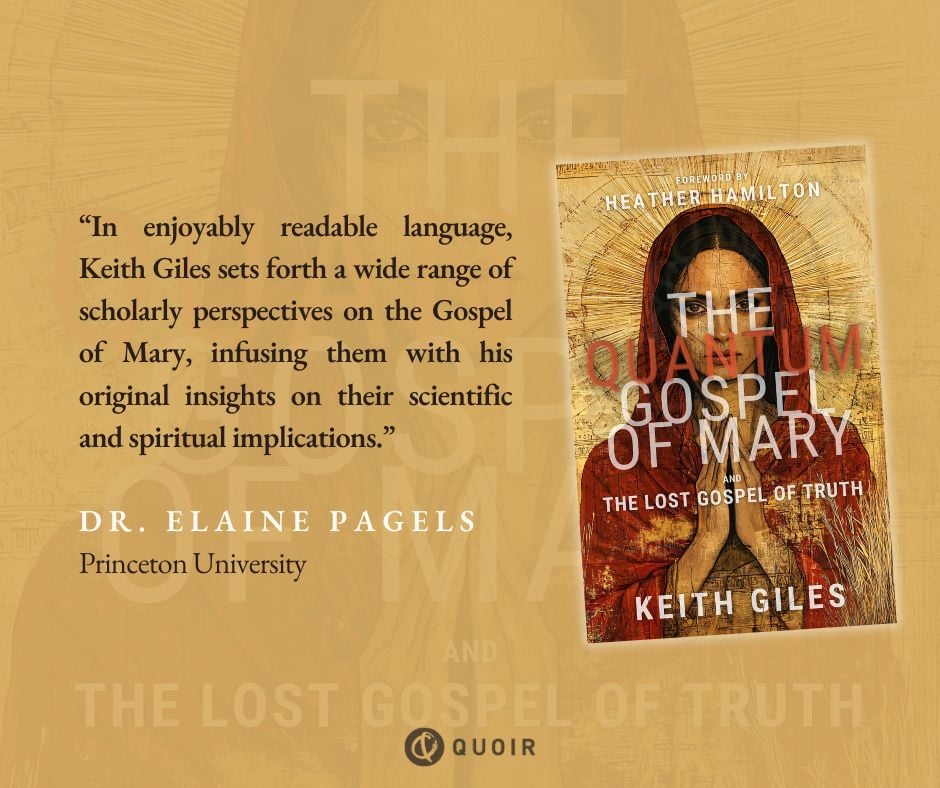
The new book from Keith Giles, “The Quantum Gospel of Mary and the Lost Gospel of Truth” is available on Amazon, May 20th.
“The Quantum Sayings of Jesus: Decoding the Lost Gospel of Thomas” is available now on Amazon. Order HERE>
Keith Giles is the best-selling author of the Jesus Un series. He has been interviewed on CNN with Anderson Cooper, Coast to Coast Radio with George Noory, USA Today, BuzzFeed, and John Fugelsang’s “Tell Me Everything.”
He co-hosts The Heretic Happy Hour Podcast and his solo podcast, Second Cup With Keith which are both available on Spotify, Amazon, Apple, Podbean or wherever you find great podcasts.




